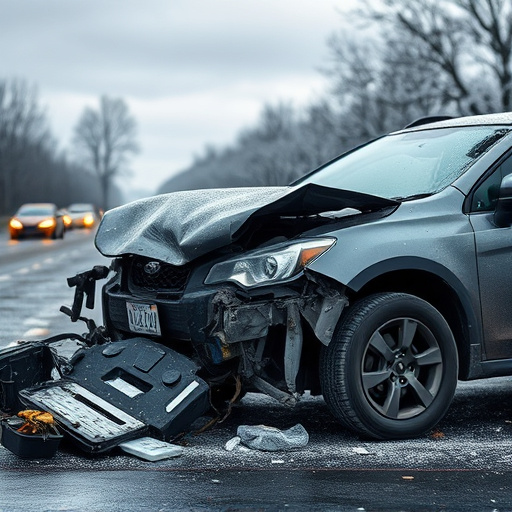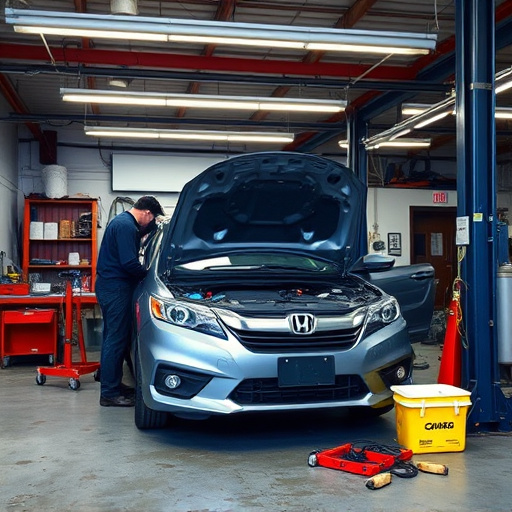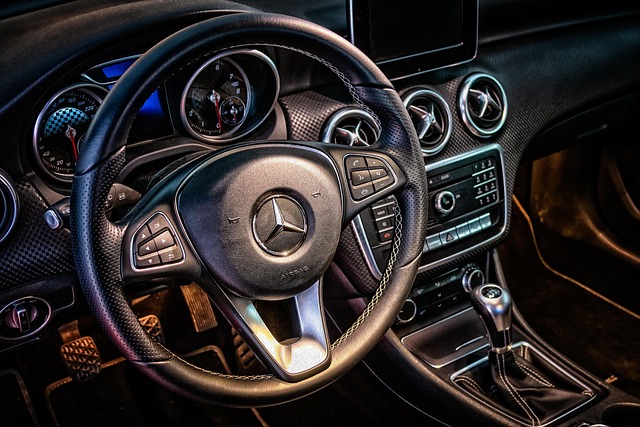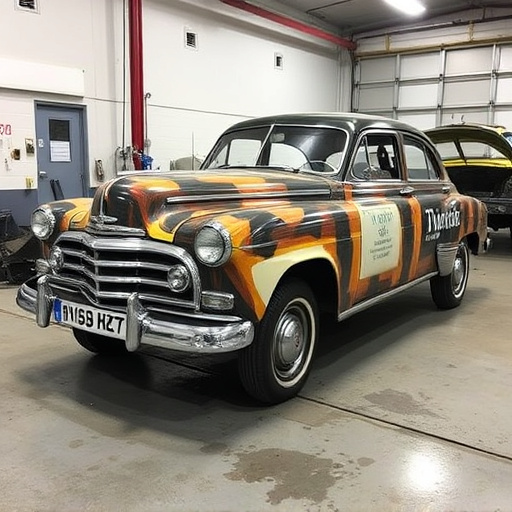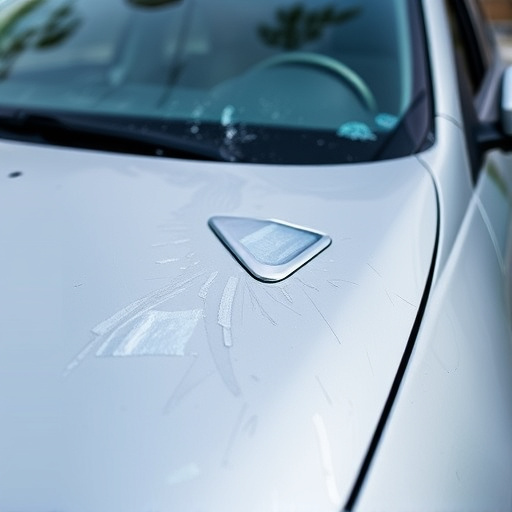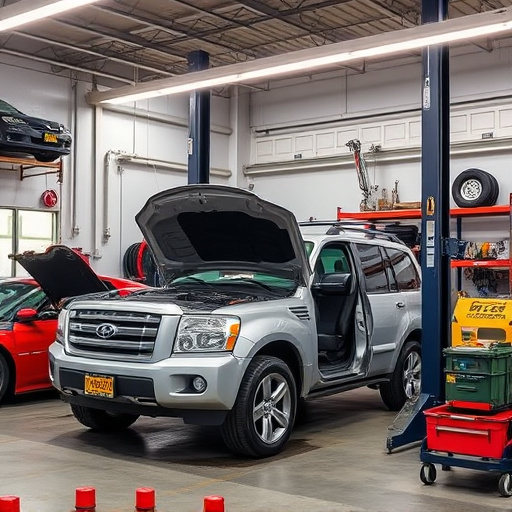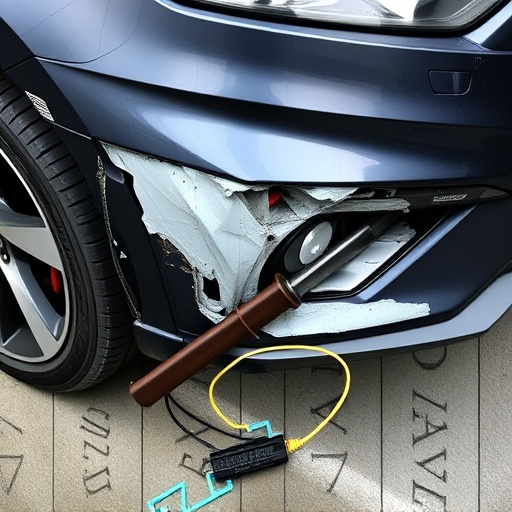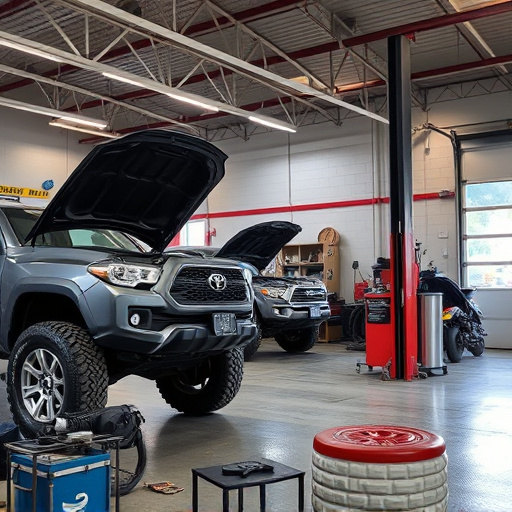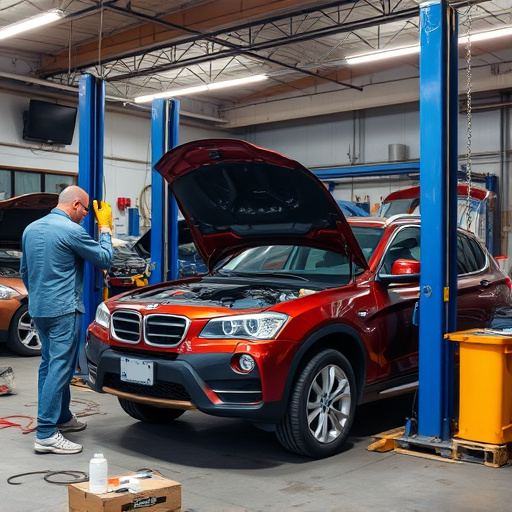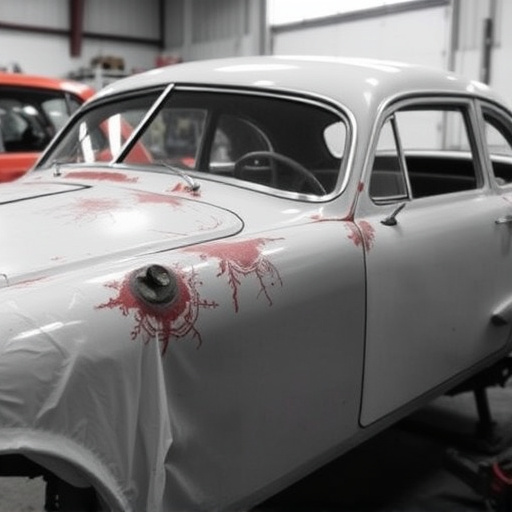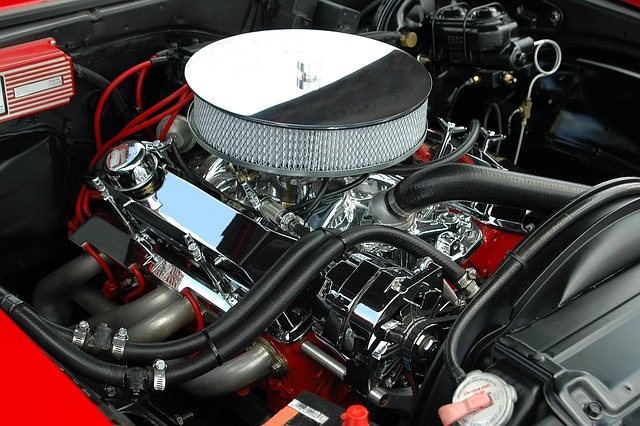Real-time monitoring tools are vital for quality assured body work, offering precision and efficiency in vehicle repair and restoration. These tools provide immediate feedback, help manage workflow dynamics, mitigate bottlenecks, and ensure meticulous repairs meeting high standards. By tracking every stage of auto painting, damage repair, and material usage, facilities can boost customer satisfaction and enable continuous service improvement, ultimately enhancing control and efficiency in a competitive market.
In the realm of quality assured body work, real-time monitoring tools are transforming the way facilities maintain excellence. This article delves into the critical role these tools play in ensuring consistent results and high standards across various procedures. We explore the essential features that define effective monitoring systems, providing insights on how to implement and optimize them for efficient quality control. By understanding the unique needs of quality assured body work, facilities can leverage real-time monitoring to drive continuous improvement.
- Understanding Real-Time Monitoring Needs in Quality Assured Body Work
- Essential Features of Monitoring Tools for Quality Assurance
- Implementing and Optimizing Monitoring Systems for Efficient Quality Control
Understanding Real-Time Monitoring Needs in Quality Assured Body Work

In the realm of quality assured body work, real-time monitoring tools play a pivotal role in ensuring precision and efficiency. These facilities, dedicated to vehicle body repair, car body restoration, and bumper repair, require robust systems that can track every step of the process. Real-time monitoring allows for immediate feedback, enabling quick adjustments and enhancing overall quality control.
By integrating these tools, professionals in quality assured body work can gain insights into workflow dynamics, identify bottlenecks, and streamline operations. This proactive approach ensures that each repair, restoration, or bumper fix is executed with meticulous care, adhering to the highest standards. In a competitive market, such advanced monitoring practices not only boost productivity but also foster customer satisfaction.
Essential Features of Monitoring Tools for Quality Assurance
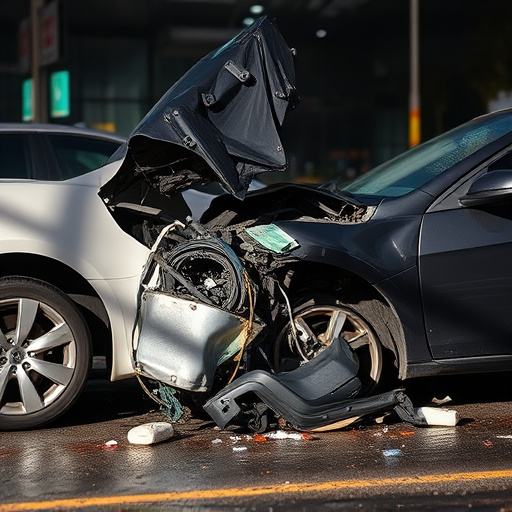
In the realm of quality assured body work, real-time monitoring tools are indispensable for maintaining precision and consistency. These tools empower facilities to track every stage of the auto painting, car damage repair, and autobody repairs process, ensuring adherence to set standards. Essential features include live data visualization, allowing managers to navigate through workshops in real-time, identifying bottlenecks or areas for improvement promptly. Accurate tracking of each vehicle’s journey from entry to completion is crucial, logging key metrics like repair time, material usage, and technician productivity.
Additionally, robust monitoring tools offer comprehensive reporting capabilities, generating insights that drive data-backed decisions. They facilitate the documentation and preservation of every step taken during repairs, serving as a testament to the facility’s commitment to quality. This transparency not only enhances customer satisfaction but also enables continuous improvement in service delivery across various aspects of body work, from simple dent removal to complex panel replacement.
Implementing and Optimizing Monitoring Systems for Efficient Quality Control

Implementing real-time monitoring systems is a strategic move for quality assured body work facilities to enhance their control and efficiency. By integrating these tools, collision centers can optimize their operations, ensuring every repair process adheres to the highest standards. This technology enables continuous observation of various aspects, from workflow management to material usage, providing data-driven insights that improve overall performance.
For instance, monitoring systems can track the progress of car body restoration and hail damage repair processes, identifying potential delays or quality inconsistencies early on. This proactive approach allows technicians to make necessary adjustments promptly, leading to faster turnaround times and higher customer satisfaction rates. Whether it’s a specialized collision center or a bustling car body restoration shop, leveraging these tools can be a game-changer in maintaining consistent quality across diverse services.
Real-time monitoring tools have become indispensable for maintaining excellence in quality assured body work facilities. By embracing these technologies, businesses can streamline their processes, reduce errors, and enhance overall efficiency. Implementing and optimizing monitoring systems not only ensures adherence to high standards but also fosters a culture of continuous improvement within the industry. As technology advances, these tools will continue to play a pivotal role in shaping the future of quality assured body work.

